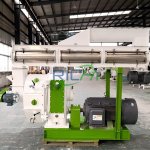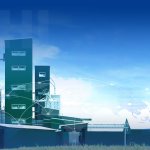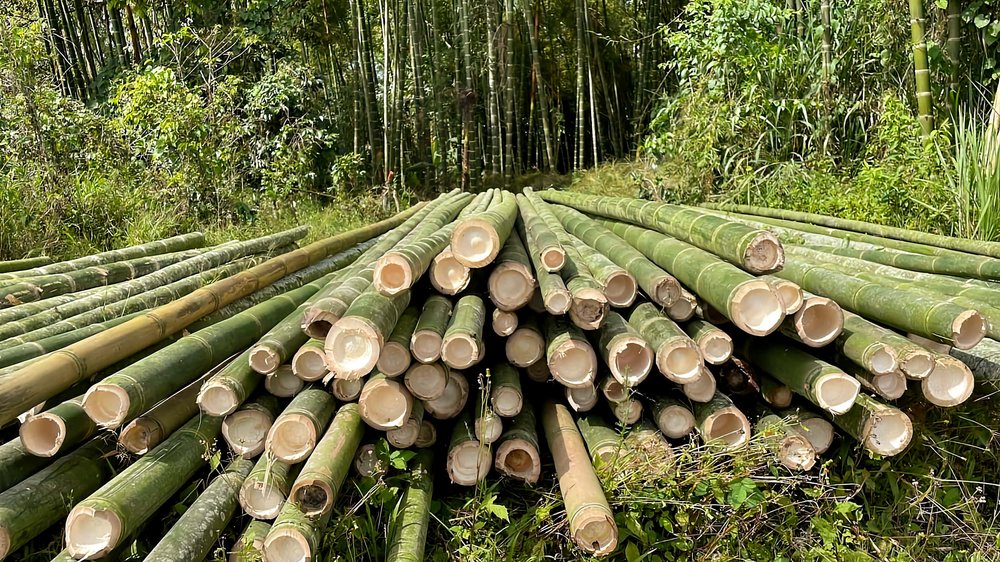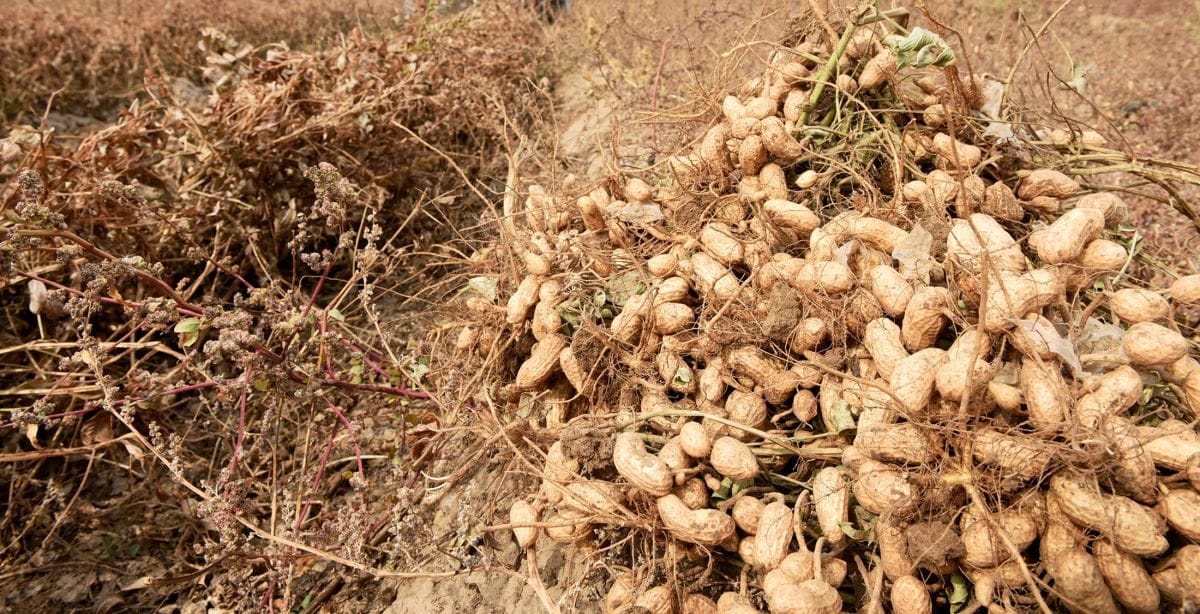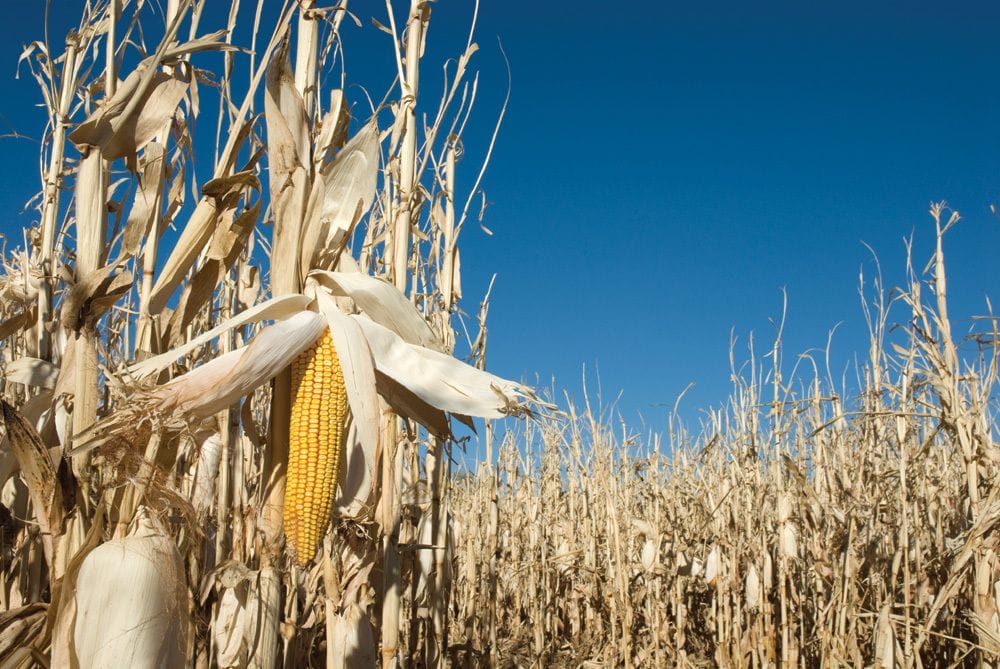Establishing a wood pellet production line in Poland involves detailed planning and consideration across various areas. Here’s a comprehensive outline:
Market Research and Feasibility Study
- Demand Analysis: Assess local and export markets for wood pellets.
- Competition Evaluation: Study existing pellet producers in the region.
- Raw Material Availability: Investigate sustainable forestry practices and raw material costs.
- Regulatory Understanding: Familiarize with Polish and EU biomass production regulations.
- Investment Estimation: Calculate initial costs and potential ROI.
Securing Funding and Investment
- Government Incentives: Explore Polish renewable energy incentives.
- EU Funding: Investigate EU biomass project funding.
- Partnerships: Seek local and international renewable energy investors.
- Bank Loans: Engage with Polish banks experienced in industrial financing.
Site Selection and Acquisition
- Location Proximity: Near forests and sawmills for raw materials.
- Transportation Access: Good transport infrastructure for logistics.
- Resource Availability: Adequate power and water supply.
- Permits and Zoning: Check local laws and industrial operation permits.
- Labor Market: Availability of skilled labor in the area.
Regulatory Compliance and Permitting
- Licenses and Registrations: Obtain necessary business licenses.
- Environmental Permits: Secure air quality and waste management permits.
- Labor and Safety Laws: Comply with Polish labor and safety regulations.
- Tax Regulations: Understand manufacturing tax regulations.
- Quality Certifications: Consider ENplus certification for wood pellets.
Equipment Selection and Procurement
- Production Capacity: Define the desired capacity (e.g., 1-2 T/H).
- Core Equipment:
- Wood chippers and grinders
- Drying systems
- Pellet mills
- Cooling and screening equipment
- Packaging systems
- Supplier Evaluation: Assess equipment suppliers for reliability and support.
- Compliance: Ensure equipment meets EU standards.
Raw Material Sourcing
- Supply Chain Development: Build relationships with forestry companies and sawmills.
- Contracts: Secure long-term contracts for wood waste or energy crops.
- Supplementary Materials: Explore agricultural residues.
- Sustainability: Align sourcing with FSC or PEFC certifications.
Facility Design and Construction
- Layout Planning: Design facility layout for current needs and future expansion.
- Energy Efficiency: Incorporate energy-efficient features.
- Storage Design: Plan for raw material and product storage.
- Compliance: Adhere to Polish building codes and regulations.
Workforce Planning and Training
- Labor Market Assessment: Evaluate local availability of skilled workers.
- Recruitment and Training: Develop recruitment and training programs.
- Partnerships: Partner with technical schools for a talent pipeline.
- Safety Programs: Develop and implement safety training programs.
Quality Control Systems
- Laboratory Setup: Establish a lab for pellet quality testing.
- Quality Procedures: Develop quality control procedures.
- Staff Training: Train staff in quality management.
- ISO Certifications: Obtain relevant ISO certifications.
Logistics and Distribution Planning
- Transportation Options: Evaluate road, rail, and sea transport.
- Logistics Partnerships: Partner with logistics companies for bulk handling.
- Storage Facilities: Plan for seasonal demand fluctuations.
- Customer Relationships: Develop relationships with power plants and distributors.
Environmental Impact Assessment
- Impact Evaluation: Assess carbon footprint and environmental impact.
- Emission and Waste Reduction: Develop strategies to minimize emissions and waste.
- Sustainability Management: Implement a sustainability management system.
- Environmental Audits: Prepare for regular environmental audits.
Marketing and Business Development
- Branding: Create a brand emphasizing sustainability and quality.
- Networking: Attend industry trade shows and conferences.
- Digital Marketing: Implement digital marketing strategies.
- Customer Relations: Develop relationships with key players in the biomass energy sector.
Conclusion
Meticulous planning and preparation are essential for building a successful wood pellet production line in Poland. By addressing market research, funding, site selection, regulatory compliance, equipment procurement, raw material sourcing, facility design, workforce planning, quality control, logistics, environmental impact, and marketing strategies, investors can establish a strong foundation for a thriving wood pellet business, contributing to Poland’s renewable energy goals and tapping into the growing European biomass market.

